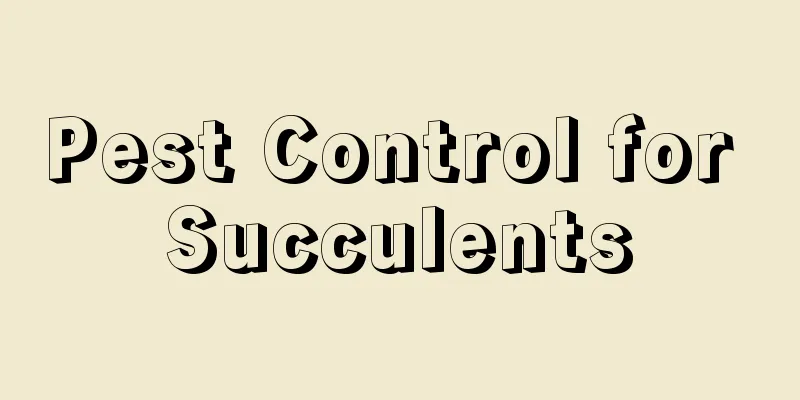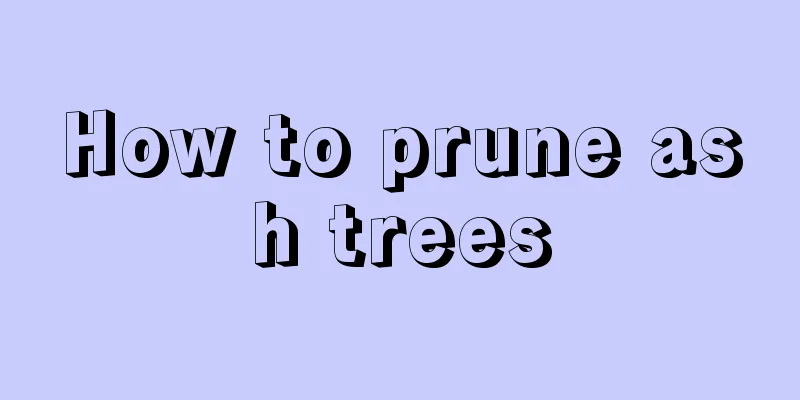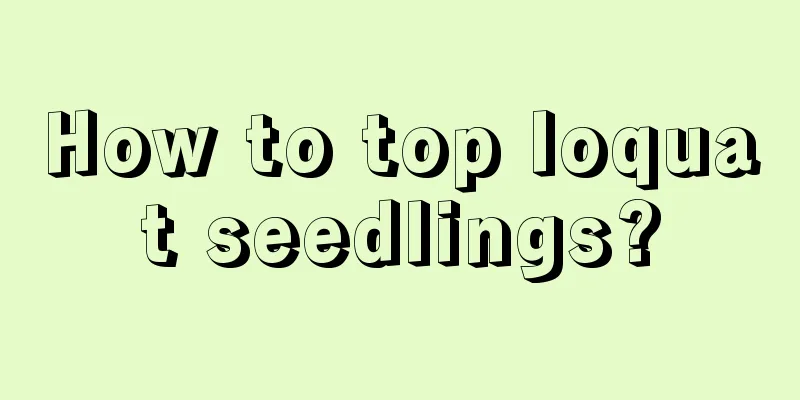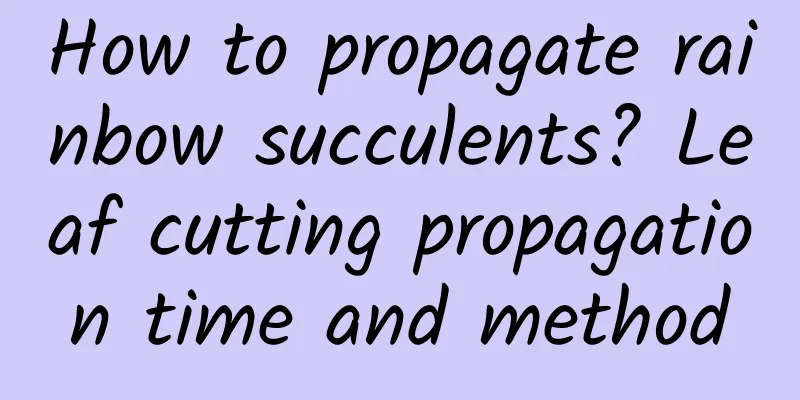Pest Control for Succulents

Common pestsRed SpiderIt mainly harms succulents of Apocynaceae, Euphorbiaceae, Asteraceae, Liliaceae and Cactaceae. The insect sucks the juice of young stems and leaves with its mouthparts, causing yellow-brown spots to appear on the damaged stems and leaves or causing them to turn yellow and fall off. The spots remain permanently and do not fade. After an insect infestation occurs, ventilation should be strengthened and low-temperature measures should be taken. 40% dicofol emulsifiable concentrate can be used for spraying at a dilution of 1000-1500 times. WhiteflyIt occurs more frequently in succulents such as Kalanchoe and Sedum in the Crassulaceae family. The insect sucks sap from the back of the leaves, causing the leaves to turn yellow and fall off, and at the same time induces sooty mold, which directly affects the ornamental value of the plants. In the early stage of insect infestation, 40% oxydemeton-methyl emulsifiable concentrate can be sprayed at 1000-2000 times dilution. aphidMost succulents that harm the Crassulaceae and Asteraceae families often suck the juice of the young and tender parts of the plants, causing the plants to grow weak. Their secretions also attract ants. In the early stage of damage, spray with 1500 times diluted 80% DDT emulsifiable concentrate. Scale insectsLong harms plants such as Agave, Haworthia and Cactaceae with compact leaves. The fungus sucks the juice from the stems and leaves, causing the plants to grow poorly and, in severe cases, wither and die. In addition to using a brush to drive away the pests, you can also use 800-1000 times the liquid of Supo Kill Emulsion to spray. WhiteflyIt is the most annoying pest of cactus. It will infest the surface of the stems or leaf-like stems, causing the plants to turn yellow, wither, the nodes to fall off, and induce sooty disease. It can be sprayed with 800 times diluted 25% imine sulfuric acid emulsifiable concentrate or 2000 times diluted 40% cypermethrin emulsifiable concentrate. |
<<: Common Pests of Gardenia and Their Control Methods
Recommend
How to propagate Desert Rose and what to pay attention to
How to propagate Desert Rose The main ways of pro...
Is peony suitable for growing at home (with key points for growing at home)
1. Suitable for keeping at home Peony is a flower...
What are the benefits of ridge cultivation of sweet potatoes (reasons why ridge cultivation is beneficial to the growth of sweet potatoes)
It is the sweet potato planting season again. The...
How to make Euphorbia pilosa bloom
1. Sufficient fertility If you want your Euphorbi...
Should I cut off the spider plant when it grows small hanging plants?
1. Don’t prune For the small hanging plants that ...
Can you grow succulents with firewood ash?
Can firewood ash be used to grow succulents? Fire...
How to propagate Begonia? Propagation time and method diagram
Begonia propagation method The main methods of cr...
What to do if Amaryllis only grows leaves but does not bloom
1. Reasons 1. Lack of nutrients The plant needs a...
Can I plant flowers without pine needles rotting?
1. Is it possible? Generally, when using pine nee...
How to water strawberries
Key points for watering strawberries Strawberries...
What are the varieties of blueberries?
Cultivated varieties Highbush Blueberry Highbush ...
Fertilization during the flowering period of Catharanthus roseus
1. Peel fermentation Proper fertilization of flow...
How to care for goldenrod potted plants
1. The habit of this plant Because it is a tropic...
When to plant hollyhocks
When is the best time to sow hollyhocks? Hibiscus...
What are the cultivation methods and precautions of glass jade?
Glass Jade Introduction Glass Jade is a plant of ...









